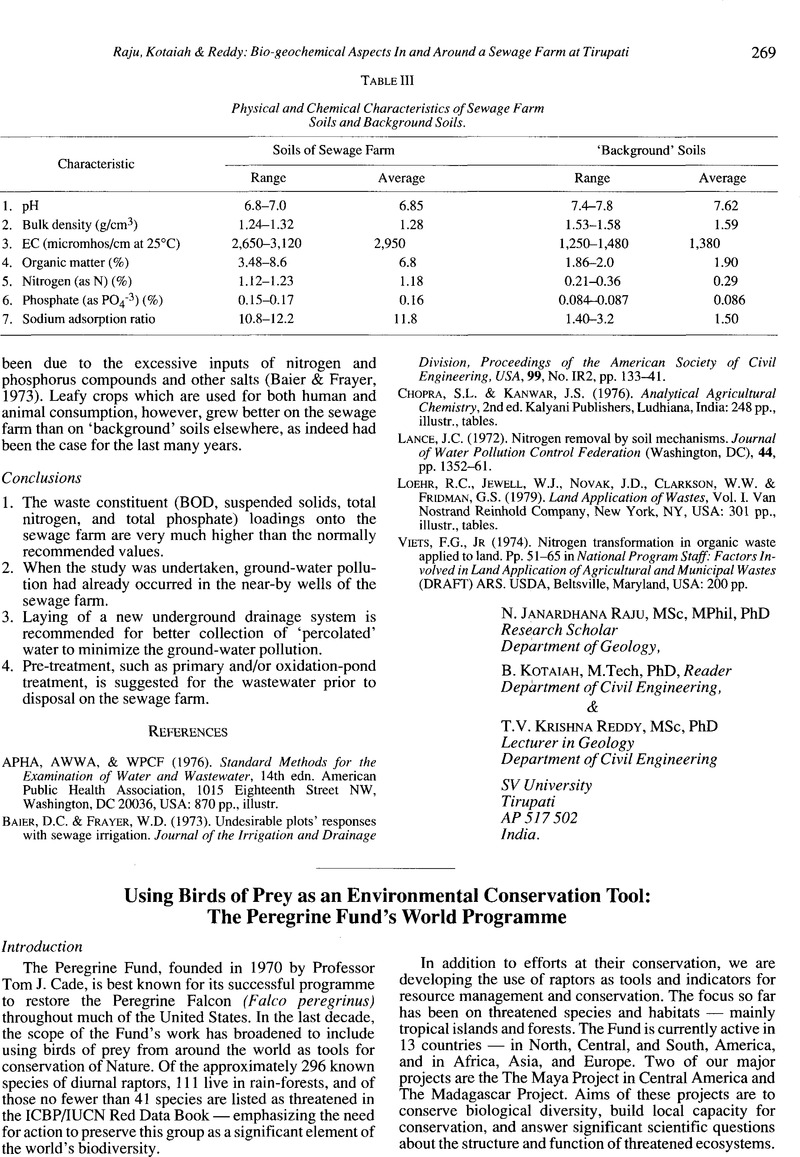Crossref Citations
This article has been cited by the following publications. This list is generated based on data provided by Crossref.
Harper, David M.
Harper, Maureen M.
Virani, Munir A.
Smart, Andrew
Childress, R. Brooks
Adatia, Rachel
Henderson, Ian
and
Chege, Bernard
2002.
Lake Naivasha, Kenya.
p.
171.
Machange, R.W.
Jenkins, A.R.
and
Navarro, R.A.
2005.
Eagles as indicators of ecosystem health: Is the distribution of Martial Eagle nests in the Karoo, South Africa, influenced by variations in land-use and rangeland quality?.
Journal of Arid Environments,
Vol. 63,
Issue. 1,
p.
223.
BABURA SABO, BASHIR
MOHAMMED, SALISU
and
ZAKARIYA KARKAMA, MUSTAPHA
2022.
RAPTORS IN BATURIYA BIRDS SANCTUARY NORTHWESTERN, NIGERIA.
JOURNAL OF AGRICULTURAL ECONOMICS, ENVIRONMENT AND SOCIAL SCIENCES,
Vol. 8,
Issue. 1,
p.
34.



